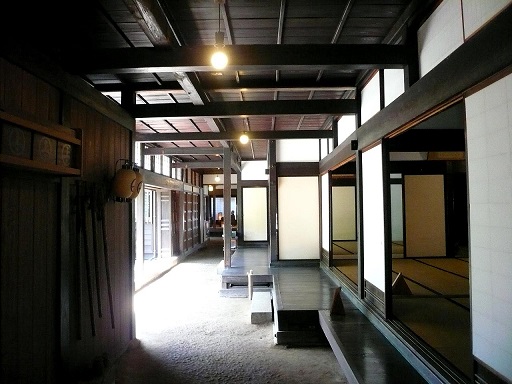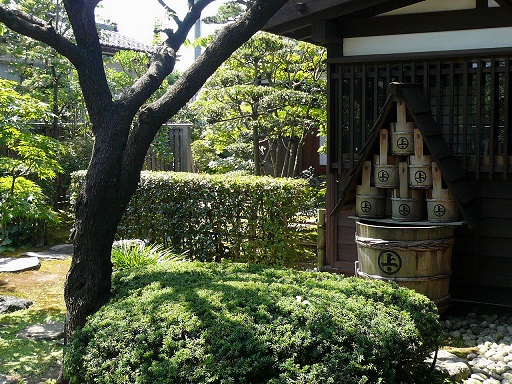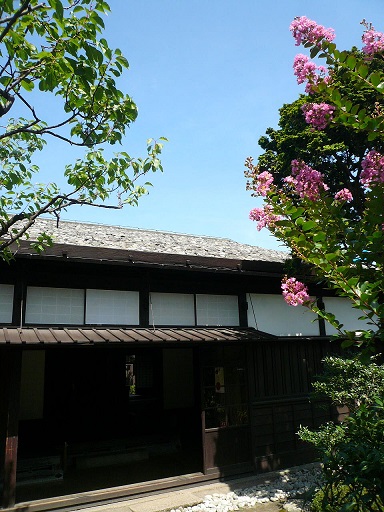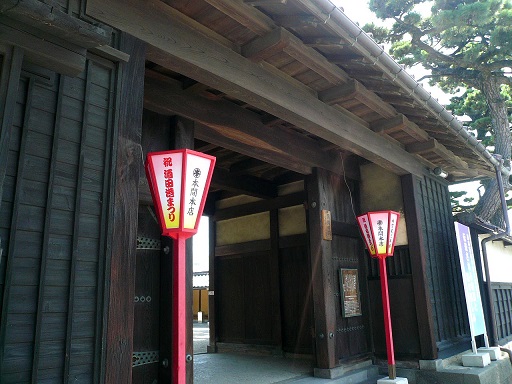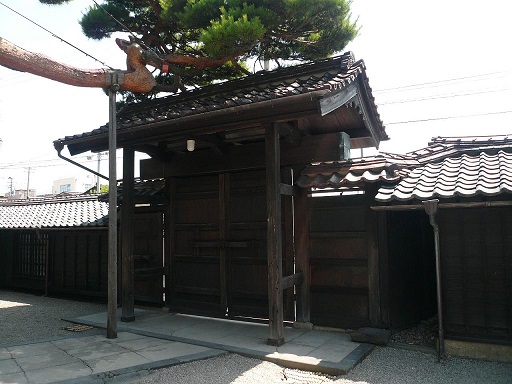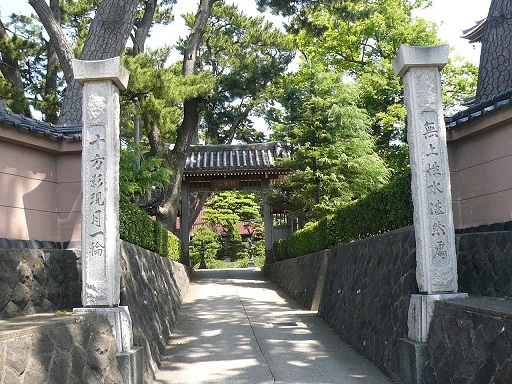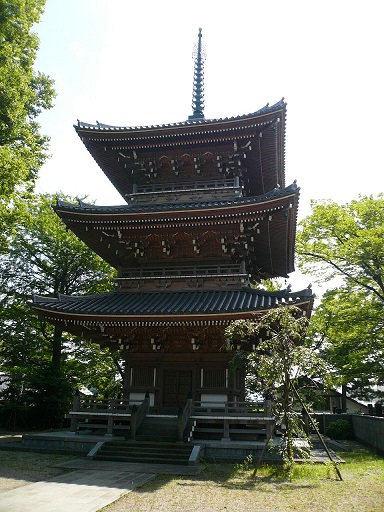|
Historical Sightseeing Sites in Sakata, Yamagata
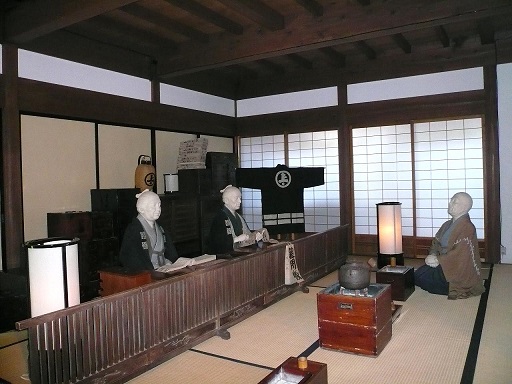
Sakata is located in the "Shonai" Area, the northern part of Yamagata Prefecture, facing to the Japan Sea. During the Edo Age (1603 - 1868) , the marine transportation between Osaka and Hokkaido, along the Japan Sea coast, was very popular. Ships used for the transportation and transportation itself were called "Kitamae-Bune"."Kitamae-Bune" ships stopped many port of calls. Sakata was one of them. "Kitamae-Bune" not only delivered goods between Osaka and Hokkaido, but also made trading at their port of calls. As a result, many ship owners of each port of call and commission merchants became wealthy.
Some of these wealthy merchants residences remain in Sakata. This page will introduce you two of the residences. They are "ABUMIYA" and "HONMA" Residences. In Sakata, the "Sankyo Warehouses" are well known sight seeing spots. "ABUMIYA" was a major commission merchant in Sakata. The name of "ABUMIYA" was given by MOGAMI Yoshiaki (1546 - 1614) , the feudal lord of Yamagara, in 1608. "ABUMIYA" made a great success and prosperity during the Edo Age.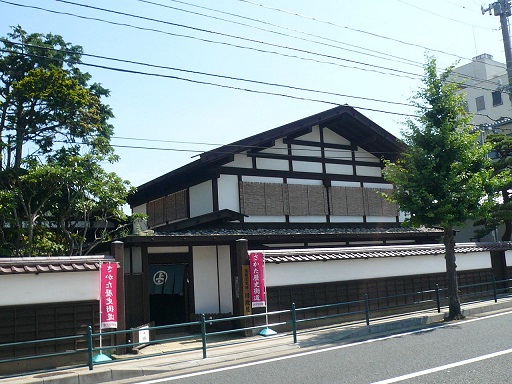
Sakata was damaged by a big fire in 1845, and the "ABUMIYA" Residence was rebuilt after the fire. Inside the building, there were the store of the commission merchant and the residence. |
